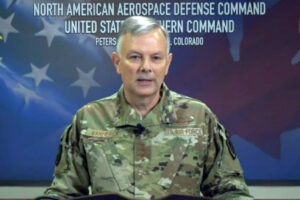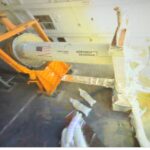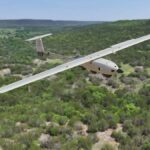
The use of artificial intelligence/machine learning (AI/ML) is critical to efforts to modernize U.S. Northern Command and North American Aerospace Defense Command (NORAD), including the North Warning System (NWS), U.S. Air Force General Glen VanHerck, the NORTHCOM and NORAD commander said on July 28. If a threat parameter threshhold is met through AI/ML analysis of data from one sensor, another sensor, for example a space-based geospatial intelligence satellite, could cross cue to provide a closer look and provide significant early…














